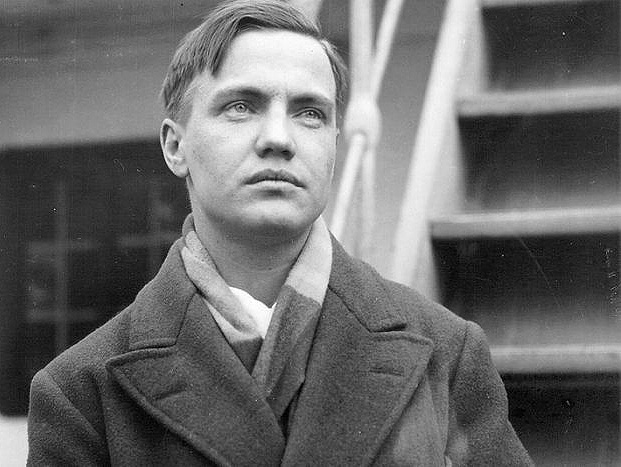Yesterday I was reluctantly washing the dishes in the kitchen, an activity that requires so little mental effort that the mind tends to wander to more stimulating matters. I began to ruminate over the number of twentieth century composers whose music was influenced by jazz. Mind you, I wouldn’t have been doing the dishes at all if the dish washing machine still worked. You see, it’s all the fault of the rats. We have two resident rats – named Boo-pee and Gertrude (since you asked) though no one is quite sure which is which. Some weeks ago, the dogs chased them into the kitchen and they took up residence in a hole in the wall behind the dishwasher. It seems that they’ve chewed through all the exposed electric cables thus rendering the machine completely useless. How they achieved this without being electrocuted is beyond me. Despite interrogation, neither Boo-pee nor Gertrude would own up to their deeds, but that’s hardly to be expected because you know what rats are like.

Now then, where was I? (Washing dishes – Ed.) Ah yes, the jazz influence. George Gershwin springs to mind with works like Rhapsody in Blue, the Piano Concerto and An American in Paris. Stravinsky wrote his Ebony Concerto for bandleader Woody Herman but it doesn’t sound much like jazz. But Stravinsky was Russian which might explain it. Leonard Bernstein frequently used jazz idioms in quite a sophisticated way and Aaron Copland occasionally used jazz-like themes.
Please Support Pattaya Mail
In the early years of the twentieth century when jazz recordings began to appear on the other side of the Atlantic, several notable European composers became fascinated with its rhythms and tonalities. Some travelled to America to hear live jazz for themselves.
One such composer was Darius Milhaud. He first heard the Billy Arnold Band in London in 1920 and was so captivated that he later travelled to New York City to seek out jazz, for the music had long since travelled from its homeland in New Orleans. In Harlem, Milhaud heard authentic jazz on the streets. It left a lasting impression.
Jazz influences appear in many of Milhaud’s later works but La Création du Monde was the first. It’s a short ballet dating from 1923 and describes the creation of the world through the eyes of African folklore.
The work is in six continuous sections and it’s scored for chamber orchestra, though rather a large one with eighteen players. Incidentally, although the expression “chamber music” implies something that can be played in a room rather than a concert hall, the technical definition is that it’s music in which every instrument plays an individual part.
In many ways La Création du Monde is a remarkable piece, with some beautiful moments. It begins with an overture, a serene movement in which a solo saxophone sounds above an oscillating figure played by the strings and piano. The peaceful mood doesn’t last for long because Milhaud takes us on a jazz and Latin-American inspired journey into the newly-emerging world.
During the early twentieth century, George Antheil was the Enfant Terrible of American music. He moved among some of the best-known musicians, artists and literati of the day and in his relatively short life composed over three hundred musical works in all major genres including symphonies, chamber works and operas. He was also a pianist, author and inventor and a much sought-after film music composer.
Following the premier of Gershwin’s Rhapsody in Blue in 1925, Antheil composed his Jazz Symphony, modestly predicting that his new work would “put Gershwin in the shade.” It didn’t, of course but Antheil had a reputation for being outspoken and held his own music in high regard.
The work begins in a pseudo-mariachi style during which the conductor looks as though he’s tossing small bags of peanuts into the orchestra. The work is a curious mélange of musical ideas. It’s not a symphony in the accepted structural sense but seems to have its origins in not only in jazz but also in the music of Latin America. Sometimes the style harks back to Stravinsky’s Rite of Spring with repeated chugging chords and spicy harmony. In an over-long improvised section, the trumpet soloist sounds as though he’s attempting a succession of animal impressions, but they seem to fit the overall eccentricity of the work. It’s all entertaining stuff and worth hearing, especially since so little of Antheil’s music is available these days. Incidentally, in 1945, he published his autobiography, which became a bestseller. The title was Bad Boy of Music.
 |
 |
 |





